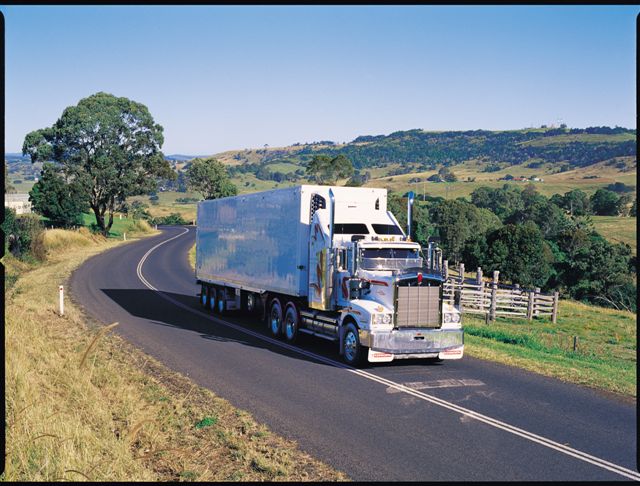In the lead up to the National Transport Commission presenting the finalised policy options on the Heavy Vehicle National Law (HVNL) to Transport Ministers in May 2021, we are reemphasising our position that the HVNL is excessively prescriptive and limits the scope for operators to use innovative approaches to manage safety risks.
A greater emphasis on outcomes‑focused approaches in legislation and regulation would improve road safety, reduce the burden of compliance and administration, and increase the efficiency of road transport.
A key priority for our members is to see more consistent enforcement of the HVNL and other laws, with greater attention on chain of responsibility obligations and less focus on petty infringements such as work diary errors and low risk mechanical issues. Instead, there needs to be a more systemic and risk-based approach to enforcement, especially in relation to administrative issues. All administrative issues or errors should be the subject of a warning before enforcement action is taken.
Moving to risk-based regulation would result in simplified and more flexible rules, particularly in regard to fatigue management. The focus on minor fatigue diary mistakes over any real action by road agencies and the NHVR, on serious breaches of the law by off-road parties is unproductive and does nothing to improve road safety.
In the current review process, the National Transport Commission (NTC) set out that three potential regulatory styles that could be adopted in the process of re-shaping the HVNL:
- Prescription (rules-based) – the government/regulator is responsible for identifying risks and prescribing specific risk treatments; operators are responsible for implementing the prescribed treatments.
- Outcomes (performance-based) – the government/regulator is responsible for identifying risks and setting performance standards for risk treatments; operators are responsible for specifying and implementing risk treatments that meet those performance standards.
- Principles (safety assurance) – the government/regulator specifies an overall safety objective and monitors outcomes; operators and the government share responsibility for identifying risks; operators manage risks to attain the safety objective and provide assurances to government of appropriate risk management policies and procedures to attain the safety objective.
There is a place in the re-structured HVNL for all approaches but with much less emphasis on prescriptive rules punishable by way of infringement for administrative issues such as not carrying a physical copy of a permit (electronic copies should be permitted) and in respect of any work diary errors. Public consultation on the RIS ran until 20 November 2020, with NatRoad making a number of detailed submissions. The NTC is now reviewing submissions in order to finalise the policy options for a final RIS.



